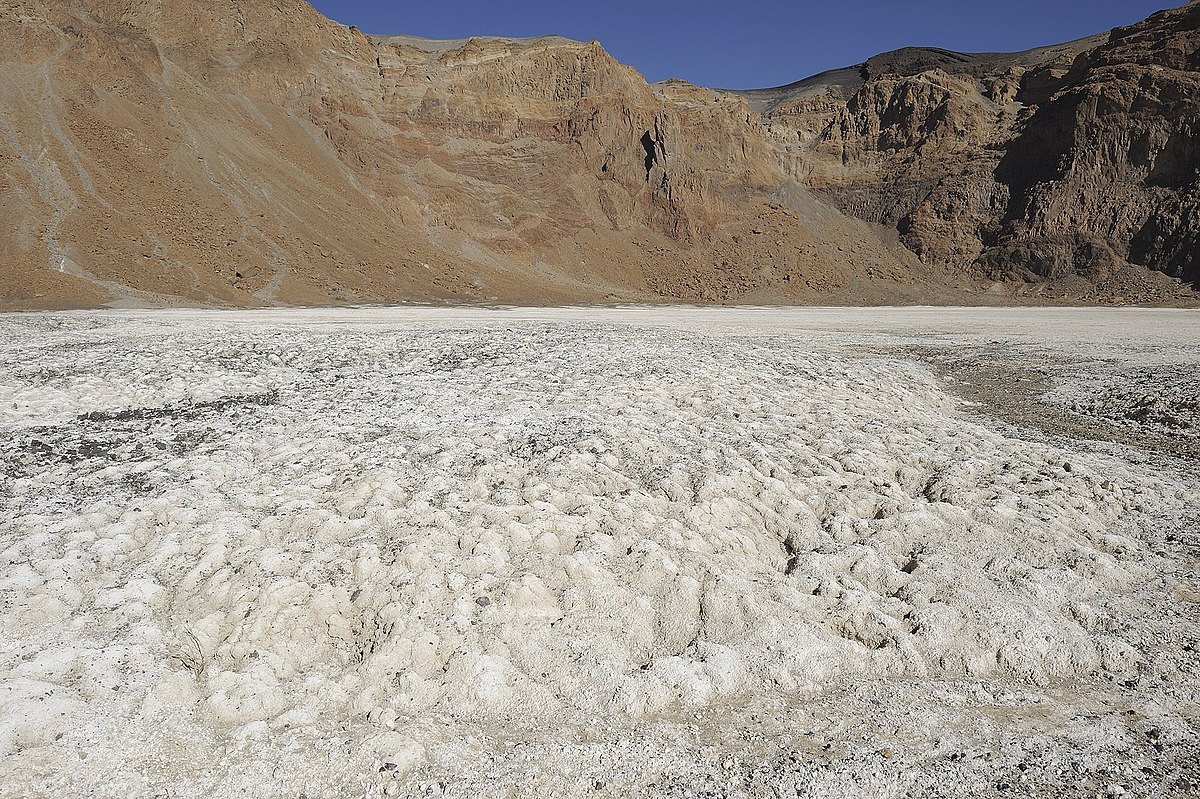Στο Λεξικό Χημείας βρήκα:
frit = φρίτα. πορώδες φίλτρο. Πορώδες κεραμικό ή μεταλλικό υλικό που έχει παραχθεί με θερμοσυσσωμάτωση. βλ. sintering
frit funnel = χωνί με πορώδες διάφραγμα
fritting = θερμοσυσσωμάτωση. βλ. και sintering.
funnel = χωνί […] frit funnel χωνί με διάφραγμα πορώδους υάλου
fritted glass = βλ. sintered glass
sintered glass = πορώδης ύαλος (αποτέλεσμα πυροσυσσωμάτωσης) - Χρησιμοποιείται στους υάλινους ηθμούς διήθησης και γενικά ως χημικώς αδρανές πορώδες διάφραγμα
Στο γλωσσάρι «Αρχαία και Μεσαιωνική Υαλουργία - Ορολογία, τεχνολογία και τυπολογία» που βρήκα εδώ:
http://www.ziti.gr/samples/keg/keg_pdf/keg-ialourgia.pdf
λέει:
Αμμόνιτρο / Φρίτα (Frit)
Το υαλώδες προϊόν της πυροσυσσωμάτωσης, δηλαδή της παρατεταμένης προκαταρκτικής θέρμανσης των πρώτων υλών (στην αρχαιότητα της άμμου με το νίτρο). Μετά από ανόπτηση, το αμμόνιτρο λειοτριβείται και θερμαίνεται σε άλλο κλίβανο ώσπου να επιτευχθεί τήξη και να παραχθεί γυαλί. Το αμμόνιτρο έχει εμφάνιση παρεμφερή με της φαγεντιανής και χρησιμοποιήθηκε στους προϊστορικούς χρόνους και για τη μορφοποίηση μικρών αντικειμένων. Hammonitrum είναι η αρχαία λέξη που παραδίδεται από τον Πλίνιο τον Πρεσβύτερο. Αποδίδει πιο σωστά το υλικό, όπως αυτό υφίστατο στην αρχαιότητα, από την ξένη λέξη «φρίτα».
frit = φρίτα. πορώδες φίλτρο. Πορώδες κεραμικό ή μεταλλικό υλικό που έχει παραχθεί με θερμοσυσσωμάτωση. βλ. sintering
frit funnel = χωνί με πορώδες διάφραγμα
fritting = θερμοσυσσωμάτωση. βλ. και sintering.
funnel = χωνί […] frit funnel χωνί με διάφραγμα πορώδους υάλου
fritted glass = βλ. sintered glass
sintered glass = πορώδης ύαλος (αποτέλεσμα πυροσυσσωμάτωσης) - Χρησιμοποιείται στους υάλινους ηθμούς διήθησης και γενικά ως χημικώς αδρανές πορώδες διάφραγμα
Στο γλωσσάρι «Αρχαία και Μεσαιωνική Υαλουργία - Ορολογία, τεχνολογία και τυπολογία» που βρήκα εδώ:
http://www.ziti.gr/samples/keg/keg_pdf/keg-ialourgia.pdf
λέει:
Αμμόνιτρο / Φρίτα (Frit)
Το υαλώδες προϊόν της πυροσυσσωμάτωσης, δηλαδή της παρατεταμένης προκαταρκτικής θέρμανσης των πρώτων υλών (στην αρχαιότητα της άμμου με το νίτρο). Μετά από ανόπτηση, το αμμόνιτρο λειοτριβείται και θερμαίνεται σε άλλο κλίβανο ώσπου να επιτευχθεί τήξη και να παραχθεί γυαλί. Το αμμόνιτρο έχει εμφάνιση παρεμφερή με της φαγεντιανής και χρησιμοποιήθηκε στους προϊστορικούς χρόνους και για τη μορφοποίηση μικρών αντικειμένων. Hammonitrum είναι η αρχαία λέξη που παραδίδεται από τον Πλίνιο τον Πρεσβύτερο. Αποδίδει πιο σωστά το υλικό, όπως αυτό υφίστατο στην αρχαιότητα, από την ξένη λέξη «φρίτα».


